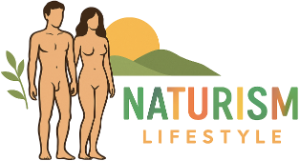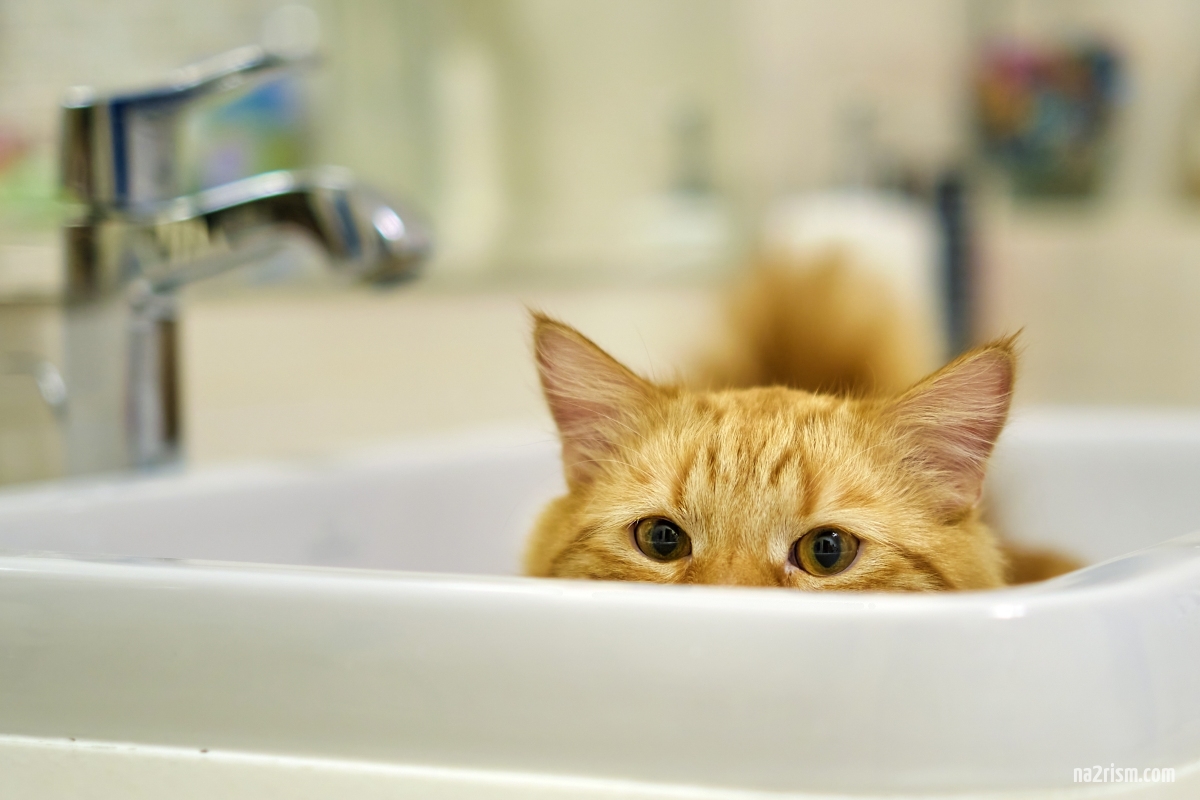In the tapestry of human experience, there are threads so fine, so intricately woven, that they often escape notice until plucked by the claws of curiosity. Such is the case with a peculiar but not uncommon sentiment: the embarrassment of stripping naked in the presence of a pet, as experienced by my husband. At first blush, this situation might elicit a chuckle, conjuring images of a standoff between human modesty and feline indifference. Yet, it beckons a deeper inquiry into the nuances of normalcy, the psychology of privacy, and the silent contracts we draft with our animal companions.
The essence of privacy
At the heart of this dilemma lies the concept of privacy, a multifaceted jewel in the crown of human dignity. Privacy is not merely a physical boundary but an emotional and psychological sanctuary where the self can exist unobserved and unjudged. It’s a realm where the veneer of societal expectations is stripped away, allowing for genuine self-reflection and comfort. The intrusion of an observer, even one as seemingly inconsequential as a house cat, disrupts this sanctuary, challenging our innate sensibilities and exposing the layered nature of human vulnerability.
The anthropomorphism of pets
Our pets occupy a unique space in our lives, straddling the line between family member and animal otherness. This duality is enriched by the human tendency towards anthropomorphism, attributing human characteristics and emotions to animals. We forge deep, empathetic bonds with our pets, often considering them silent confidants in the narrative of our lives. However, this emotional anthropomorphism complicates our interactions, projecting a sense of understanding and judgement where none may exist. The cat’s gaze, through the lens of human attribution, becomes a mirror reflecting our own insecurities and societal taboos back at us.
Societal norms and personal comfort
Society molds our perceptions of normalcy, delineating the boundaries of acceptable behavior. These norms permeate our sense of self, guiding our reactions and interactions within our private and public lives. The feeling of embarrassment when undressing in front of a pet highlights the internalization of these societal norms, even within the supposed privacy of our homes. It prompts a reevaluation of what constitutes normal behavior, urging us to question whether our discomfort stems from the internalized gaze of society or from our personal boundaries of comfort.
Navigating the spectrum of normalcy
Is it normal to feel embarrassed under the watchful eyes of a pet? The answer lies not in the universality of the experience but in the recognition of the vast spectrum of human sensitivity and personal boundaries. What might be a non-issue for one individual can be a profound source of discomfort for another. Acknowledging and respecting these differences is paramount in understanding the complexities of human emotions and interactions, both with each other and with our animal companions.
Embracing and addressing the discomfort
For those who share my husband’s sentiment, there are gentle strategies to navigate this discomfort. Creating a space of privacy, where one can undress without the presence of a pet, is a simple yet effective solution. Alternatively, understanding and accepting the non-judgmental nature of animals might help mitigate the feelings of embarrassment. Ultimately, confronting and discussing these feelings openly can lead to a deeper understanding of oneself and the emotional dynamics at play within our relationships with our pets.
The unspoken dialogue between species
The discomfort of undressing in the presence of a pet, while seemingly trivial, opens a window into the intricate dance of human emotion, privacy, and societal influence. It underscores the complexity of our relationships with our non-human companions, challenging us to reflect on the boundaries of normalcy and the nature of our private selves. In acknowledging and exploring these feelings, we not only navigate our own sensibilities but also enrich the silent dialogue between species, fostering a deeper connection and understanding between human and animal.

